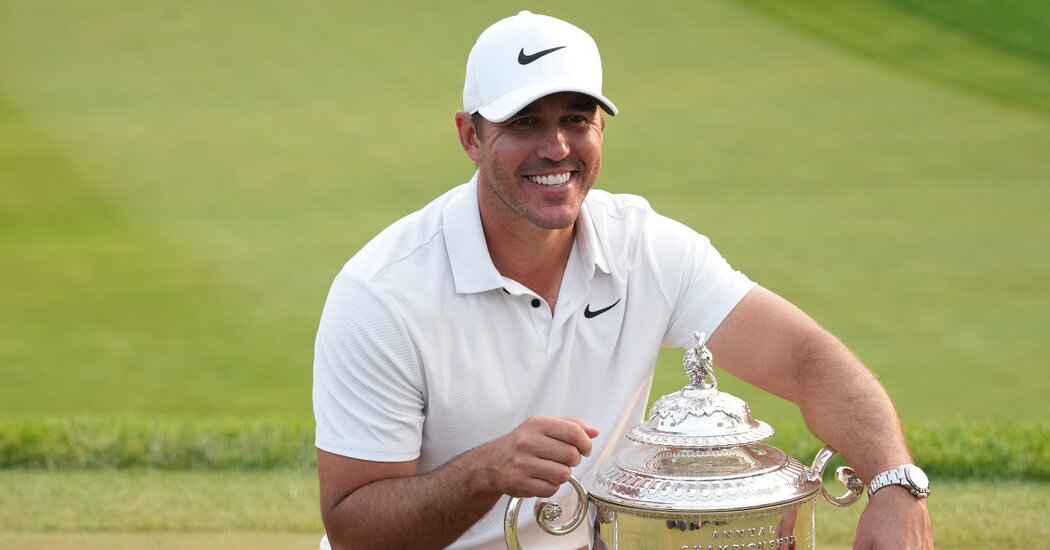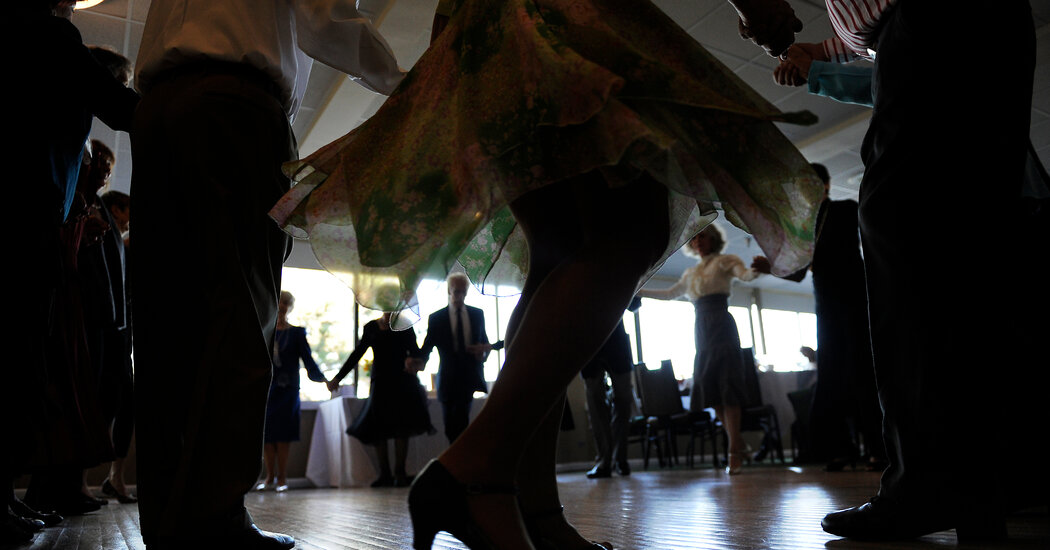Inside the N.B.A.’s Version of Comic-Con
Somewhere under the lights of the Mandalay Bay Convention Center over the weekend, the Jabbawockeez danced during a television special that could have been an email as part of the “most culturally relevant basketball experience on the planet.”
That’s what the signs called it, anyway. It was the first-ever N.B.A. Con, the league’s riff on Comic-Con. The basketball-themed Lollapalooza was a three-day smorgasbord of fashion, music and basketball.
But seen through another lens, the convention was an intriguing window into how the league sees itself as a business.
For the N.B.A., stars are bigger than the games — cultural presences far beyond the floor. The N.B.A. took advantage of that by holding the convention during its summer league in Las Vegas, when scores of stakeholders from the union, retired players, owners, general managers, players, sponsors and fans descend on Nevada.
“When you ask people about the N.B.A., for them, it’s not a company,” said Mark Tatum, the league’s deputy commissioner. “It’s life. It’s their culture. The N.B.A. is this culture of music and fashion and entertainment and style.”
More than 25,000 fans attended, mostly paying $30 to $250 to get in. But really, cultural relevance is priceless, especially when sponsored by Michelob Ultra. (They were there too.)
The convention floor was set up to evoke the spirit of New York City, with park benches, Jenga, cornhole and pickleball courts. There were neighborhoods titled the Drip, the Collection, the Network, the Park and the Convos.
The Drip, where sponsors set up shop, was the real core of the convention.
Sure, a convention does help the league reach fans in a way it otherwise wouldn’t at a time when LeBron James isn’t playing every night. On Saturday, N.B.A. Commissioner Adam Silver detailed a new in-season tournament during a bloated television special. But throwing an N.B.A. Con meant the league also created an opportunity for new intellectual property. It sold N.B.A. Con merchandise and created a new Twitter account, though the account had fewer than 2,000 followers on Monday compared with nearly 44 million on the league account.
There was an AT&T booth, where a sign read, “Step into the spotlight and show off your fire fit.” Fans lined up and shot slow-motion videos of their outfits under a fancy spotlight.
Another booth, run by a memorabilia company, MeiGray, sold game-worn jerseys. Its main podium showed a mannequin wearing a jersey that Denver Nuggets center Nikola Jokic wore in Game 2 of the N.B.A. finals last month. It sold for $150,000. Next to that was a smaller podium with a jersey that Miami Heat forward Jimmy Butler wore during Game 3 of that series. It sold for $17,500. To the victors — the Nuggets — go the bigger boxes and higher prices.
Tucked in a back corner of the convention space was an exhibit called “Rings Culture,” from the jewelry store Jason of Beverly Hills. It displayed several replicas of championship rings. It might’ve been the perfect place for a heist in a movie like “Ocean’s Eleven.”
The night before the convention, the N.B.A. held a walk-through for journalists. Tristan Jass, a YouTuber known for trick basketball shots, displayed some of his skills on a temporary court. But before doing so, he described his ascension to fame.
“We just left a trail of inspiration around the world,” Jass told the crowd.
His first shot was a heave from a spot adjacent to the court behind a chain-link fence. He missed the first two attempts, but hit the third. It was impressive. His second shot was a full-court launch from the opposite corner. This one didn’t go as well. After at least 20 misses, some observers — the uninspired ones, clearly — moved on to the rest of the tour. When a shot rimmed out, Jass muttered, “Those ones hurt.”
The biggest draw for the weekend was a panel discussion with Victor Wembanyama of the San Antonio Spurs and Kareem Abdul-Jabbar moderated by Isiah Thomas, the former Detroit Pistons star. There were a couple hundred seats, but a long overflow line for viewers trying to catch a glimpse of a basketball torch being passed. Wembanyama was the much-heralded No. 1 pick in the N.B.A. draft last month.
There was a larger backdrop too: Abdul-Jabbar’s conversation with Wembanyama in that 30-minute panel was more time than he had spent chatting with James in the last two decades combined. Last month, Abdul-Jabbar told reporters in Los Angeles that he had “never had a chance really to talk to LeBron, other than two or three minutes.”
At N.B.A. Con, Abdul-Jabbar said he was struck by how much the game had changed.
“The different duties and what is expected of various players in various positions,” he said. “It’s really been through a tremendous change, and for more than a few minutes, I just sat there and wondered, ‘Would I be able to compete?’”
Abdul-Jabbar spent 20 seasons in the N.B.A. and retired in 1989 as the career scoring leader. James surpassed his record in February.
“Sure would have been nice, though, to be able to fly from city to city in a charter jet like these guys do,” Abdul-Jabbar said. “I didn’t get to do that. I could have played longer.”
To that end, the convention served not just as a branding exercise for the N.B.A., but also the players themselves. Scoot Henderson, the 19-year-old who was drafted third by the Portland Trail Blazers last month, is part of a new generation of stars with a marketing reach that players from Abdul-Jabbar’s era would find unrecognizable. Most players are active on social media, which has given them expanded ways to build an audience. Henderson was interviewed in a panel by the former Knicks star Carmelo Anthony — delivering a signal that the league viewed Henderson as next in the star lineage.
“I’ve been thinking about myself as a business for a minute,” Henderson said afterward. “The name. A corporation — that’s who I am.”


